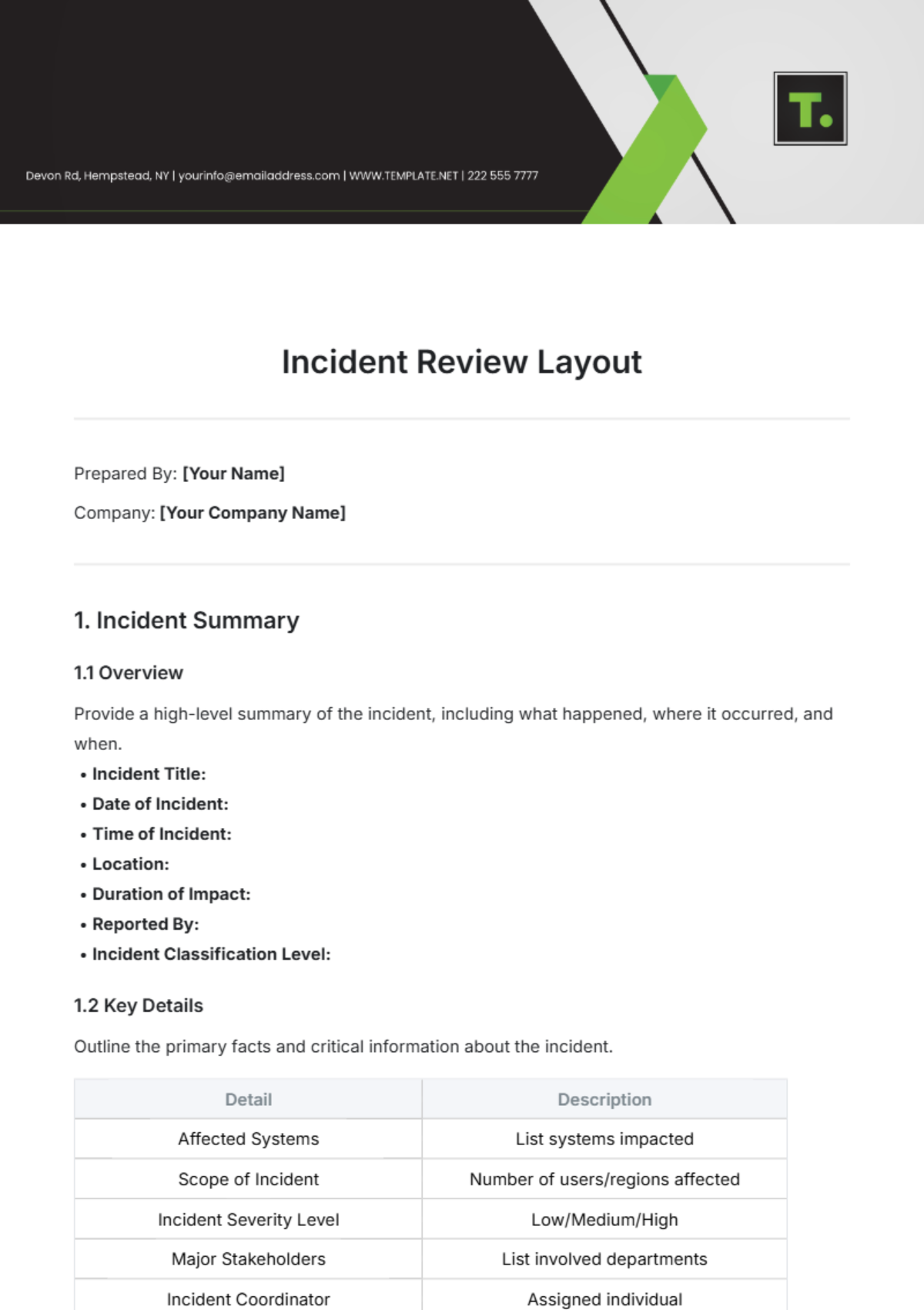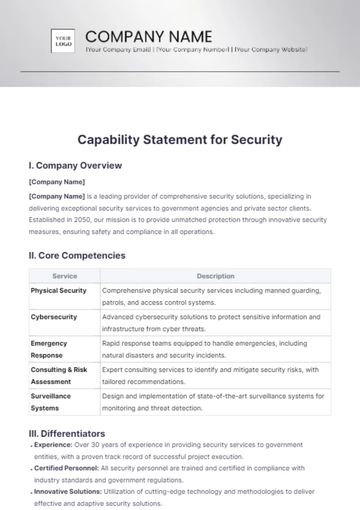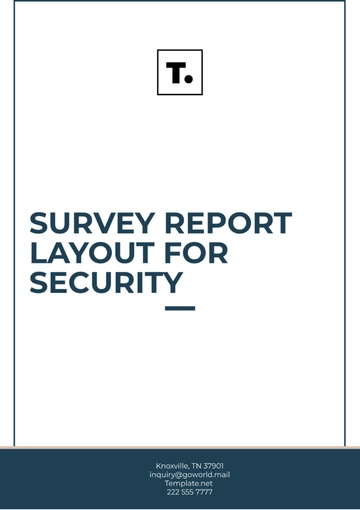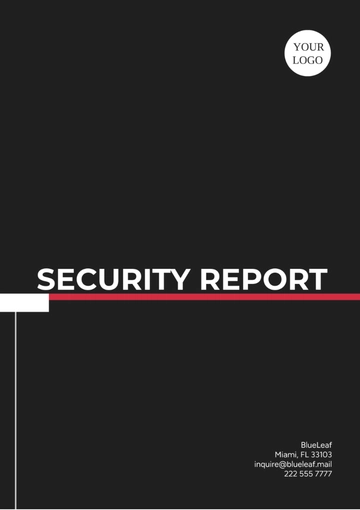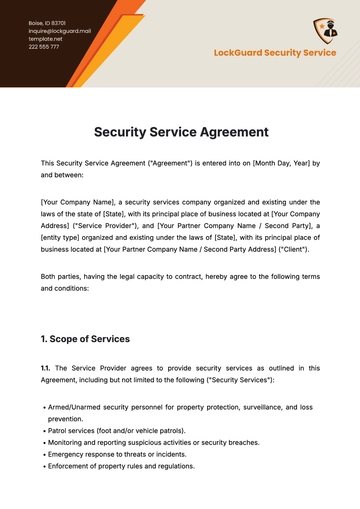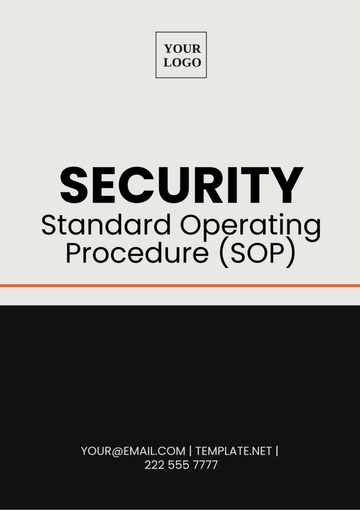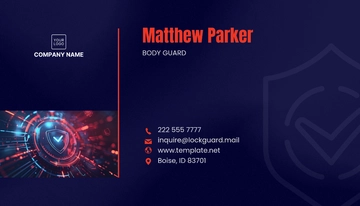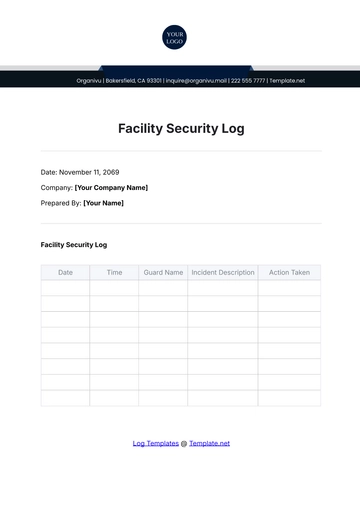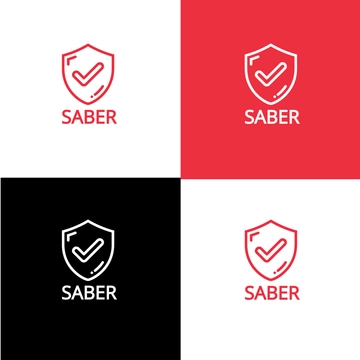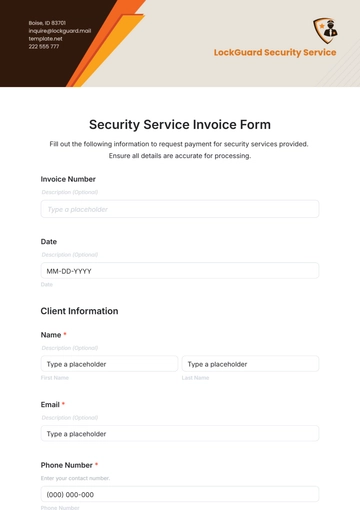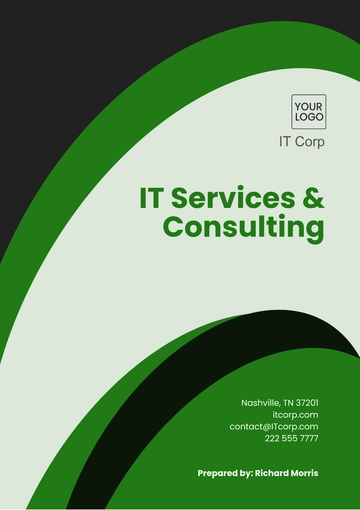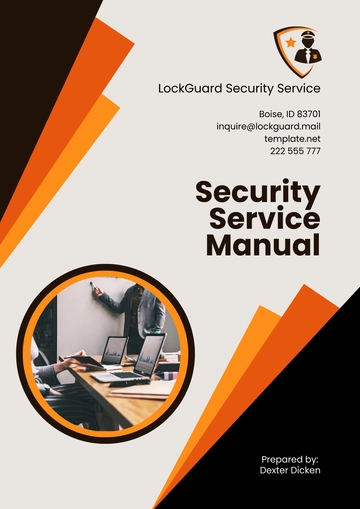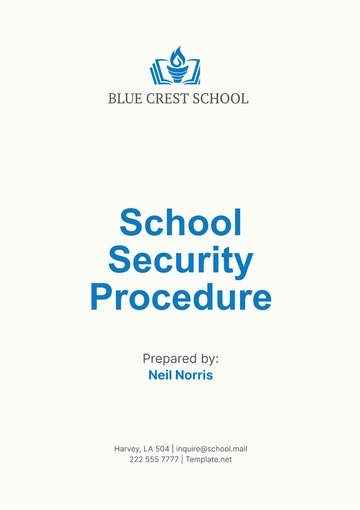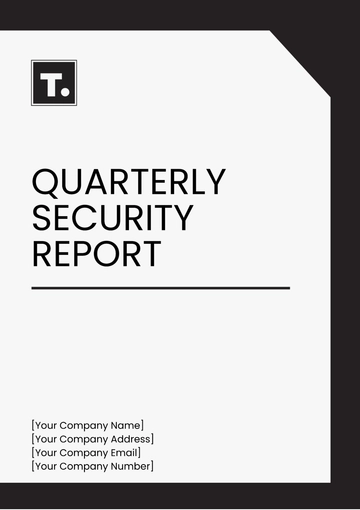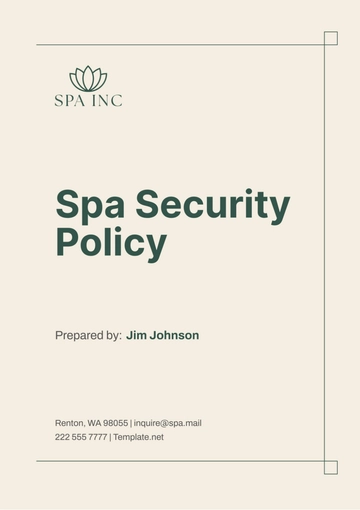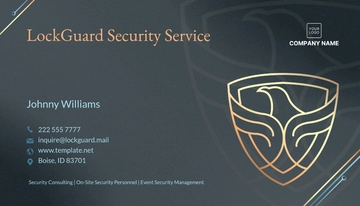Incident Review Layout
Prepared By: [Your Name]
Company: [Your Company Name]
1. Incident Summary
1.1 Overview
Provide a high-level summary of the incident, including what happened, where it occurred, and when.
1.2 Key Details
Outline the primary facts and critical information about the incident.
Detail | Description |
|---|
Affected Systems | List systems impacted |
Scope of Incident | Number of users/regions affected |
Incident Severity Level | Low/Medium/High |
Major Stakeholders | List involved departments |
Incident Coordinator | Assigned individual |
Primary Communication Method | Email, Phone, etc. |
2. Root Cause Analysis
2.1 Problem Identification
Define the root cause and contributing factors.
2.2 Timeline of Events
A chronological breakdown of significant events.
Time | Event Description | Person Responsible |
|---|
09:00 AM | Initial Incident Reported | John Doe |
09:15 AM | Investigative Team Assembled | Incident Coordinator |
09:30 AM | Root Cause Hypothesized | Technical Lead |
10:00 AM | Mitigation Strategy Deployed | IT Support |
11:30 AM | Incident Declared Resolved | Operations Manager |
2.3 Impact Analysis
Analyze the broader consequences of the incident.
System Downtime: Hours/minutes of downtime
Data Loss: Amount of data impacted
Customer Impact: Number of clients affected, service-level breaches
Financial Impact: Estimated costs, if applicable
3. Response and Containment
3.1 Immediate Actions Taken
List the critical steps executed in response to the incident.
Containment Actions:
Mitigation Efforts:
3.2 Long-Term Remediation
Outline any corrective measures taken to prevent recurrence.
Remediation Task | Assigned To | Completion Date |
|---|
Update Security Protocols | Security Team | mm/dd/yyyy |
Conduct Team Training | HR Department | mm/dd/yyyy |
Upgrade System Architecture | IT Department | mm/dd/yyyy |
Establish Incident Response Playbook | Operations | mm/dd/yyyy |
4. Communication Review
4.1 Internal Communications
Summarize the internal communications during the incident.
Notification Channels: Email, Slack, SMS
Frequency of Updates: Every 15 minutes/Every hour
Key Stakeholders Notified: Executive team, affected departments
4.2 External Communications
Detail the communication efforts directed at clients or the public.
Public Statements Released: Website update, press release
Client Notifications: Email updates, SMS alerts
Social Media Management: Addressed inquiries, provided reassurance
5. Lessons Learned
5.1 Positive Takeaways
Highlight what worked well during the incident response.
Successful Early Detection: Early warnings enabled swift action
Effective Team Collaboration: Cross-functional teams communicated efficiently
Timely Resolution: Issue resolved within the expected timeframe
5.2 Areas for Improvement
Identify opportunities for future improvement.
Issue Encountered | Suggested Improvement | Responsible Team |
|---|
Slow initial response time | Implement automatic alerts | IT Operations |
Inadequate documentation | Update incident response guidelines | Documentation Team |
Communication delays | Designate backup communication leads | Communications Team |
6. Action Plan
6.1 Preventative Measures
Outline the actions to avoid similar incidents in the future.
Regular Training Sessions: Monthly cybersecurity awareness training
Infrastructure Improvements: Invest in redundancy systems
System Audits: Conduct quarterly vulnerability assessments
6.2 Follow-up Schedule
Plan for ongoing monitoring and review of the implemented changes.
Follow-up Action | Due Date | Assigned Team |
|---|
Conduct Post-Mortem Review | mm/dd/yyyy | Incident Response |
Implement Security Upgrades | mm/dd/yyyy | IT Security |
Review & Update Policies | mm/dd/yyyy | Compliance Team |
Report Templates @ Template.net
